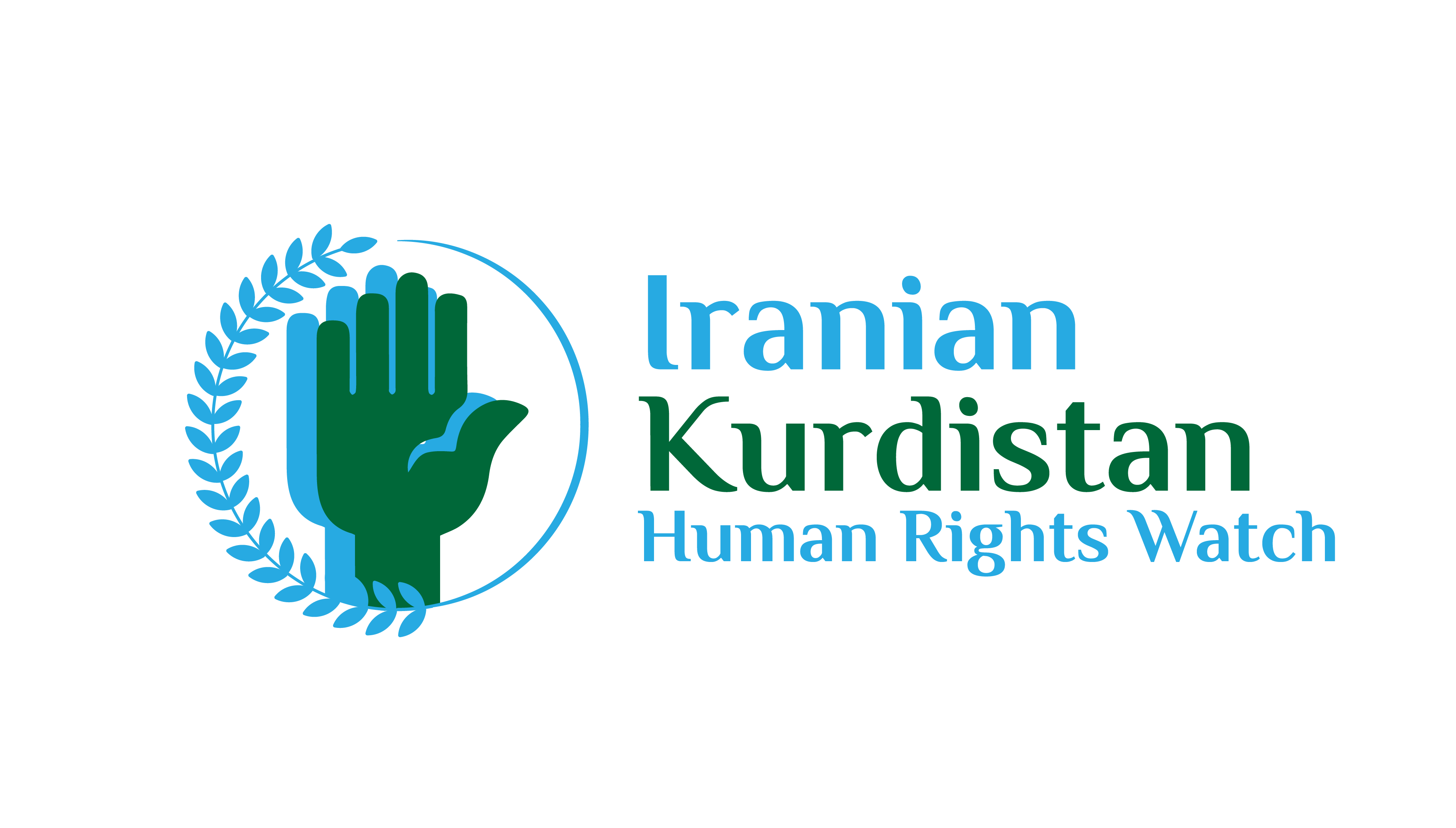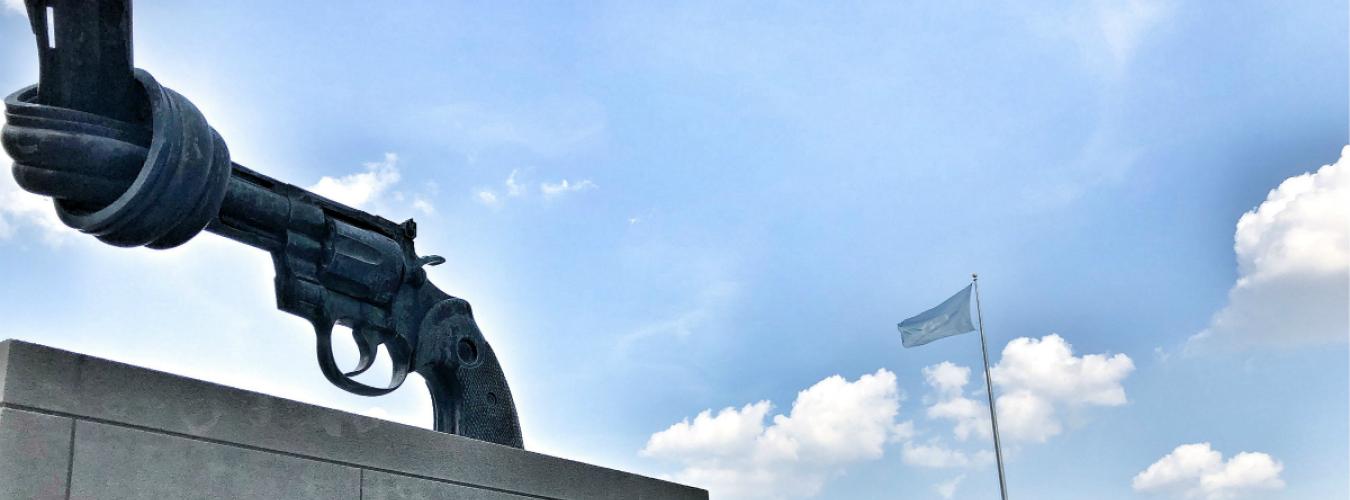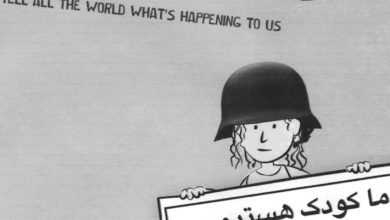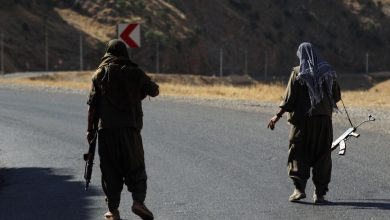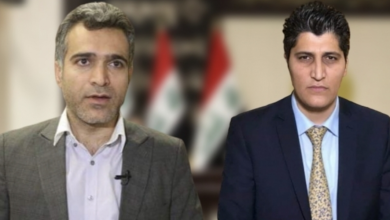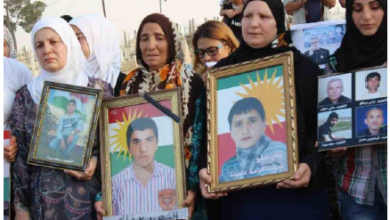October 2nd, the International Day of Non-Violence, commemorates Mahatma Gandhi’s philosophy against violence. However, in many Kurdish-populated regions, slogans of freedom and justice have become pretexts for armed groups to generate violence and destroy people’s lives. This article explores how the cycle of violence perpetuated by these groups has victimized generations.
By Dr. Zana Sadeqi
Introduction
Every year on October 2nd, the world observes the International Day of Non-Violence to mark the birth of Mahatma Gandhi. The philosophy of this day is rooted in Gandhi’s principle of non-violence (Ahimsa)—an ideology centered on dialogue, civil resistance, and non-violent social change. Gandhi believed that violence is not only not the answer to injustice, but that it is, in fact, the source of new injustices. In a world still grappling with wars, terrorism, oppression, and ethnic and religious massacres, this day offers a vital opportunity to return to a fundamental question: Can violence truly build a better future?
History’s answer is clear. While violence might lead to the short-term victory of a specific political group or movement, it has always resulted in long-term social collapse, the weakening of public trust, and the reproduction of oppression. A prominent example of this vicious cycle can be seen in the actions of Kurdish armed groups across Iran, Iraq, Syria, and Turkey—groups that have, for decades, turned violence into a way of life and a political tool in the name of defending the rights of the Kurdish people.
Violence as a Political Tool in the Middle East
The Middle East has consistently been one of the world’s most violent regions. From religious and ethnic wars to border disputes and political conflicts, blood and violence are deeply rooted in the region’s contemporary history. It is within this context that Kurdish armed groups emerged. Since the 1970s, relying on leftist, nationalist, or mixed ideologies, these groups have adopted the gun as their primary instrument.
For these groups, violence is not an exception but a fundamental rule. They believe that political goals can only be achieved through war and armed struggle. The great contradiction, however, is that while these groups claim to defend the rights of the Kurdish people, the main victims of their violence are often Kurds themselves. Young men and boys drawn into their ranks as future soldiers, women and girls lured by promises of freedom only to face various forms of abuse, and border villagers trapped in the war zone—all are direct victims of this cycle of violence.
Kurdish Armed Groups and the Cycle of Violence
Among these groups, names like the PKK, PJAK, KOMALA, Democrat (KDP-I), PAK, and KHABAT are the most frequently heard. Each promotes distinct political objectives, but they all share one common thread: their reliance on violence for survival.
The PKK (Kurdistan Workers’ Party), founded in Turkey, gradually established regional branches like PJAK (Free Life Party of Kurdistan). PJAK has been particularly active in the Kurdish regions of Iran, repeatedly recruiting Iranian adolescents. KOMALA and the Democrat Party of Iranian Kurdistan (KDP-I), with longer histories, have engaged in continuous armed activities since the 1970s. PAK (Kurdistan Freedom Party) and KHABAT have established bases in the Iraqi Kurdistan Region in recent years, from where they launch operations against Iran.
The propaganda of these groups is filled with terms like freedom, justice, equality, and democracy. Yet, in practice, their methods include kidnapping, coercion, threats, and murder. They not only fight against governments but also suppress any dissenting voice within their own ranks. Many separated members have reported that anyone attempting to leave the group or criticize the leadership faced imprisonment, torture, or even secret executions.
Child Soldiers: The Silent Victims of Violence
One of the most glaring manifestations of these groups’ violence is the phenomenon of child soldiery. Boys and girls between the ages of 13 and 17 are lured from Kurdish villages and towns in Iran with promises such as traveling to Europe, finding employment, or achieving freedom. Many do not even get a chance to say goodbye to their families.
Upon transfer to camps, these children undergo military and ideological training. They are quickly thrust into an environment where violence, death, and war are normalized. Some never get a chance to return, losing their lives in clashes. Their families only receive news of their death or disappearance, often without even a body to mourn.
This practice is a clear violation of international conventions, including the Convention on the Rights of the Child and its Optional Protocols. Despite this, the international community has yet to show a serious or effective response to the issue.
Women: From the Promise of Freedom to the Prison of Violence
Women play a special role in the propaganda of these groups. They are presented as symbols of liberation and equality, with their images frequently featured on posters and in group media. However, the reality for women members is often drastically different.
Many recruited women have later recounted facing severe restrictions after joining. Forced marriage, denial of the right to leave, grueling labor, and in some cases, sexual and physical violence have been part of their grim experiences. Some have tried to escape, but due to tight control or threats of death, they have remained trapped in the cycle of violence.
This clear contradiction demonstrates that the groups’ slogans about women’s freedom are more a tool for propaganda and recruitment than a reflection of reality.
Violence Against Civilians and the Local Community
The violence of Kurdish armed groups is not limited to their own members. In border areas, civilians have been repeatedly victimized by clashes and landmines. Farmers and Kulbars (border porters), who rely on the border for their livelihood, are constantly at risk due to the presence of these groups. Many children in border villages have fallen victim to landmines left behind by the groups’ operations.
Furthermore, many civil society activists and local figures who attempted to raise awareness about the human rights abuses committed by these groups have faced threats, abduction, or assassination. Thus, a community desperately in need of security and peace is caught between the dual fires of governments and armed groups.
The Social and Psychological Consequences of Violence
Continuous violence leaves deep and lasting impacts on local communities. The primary consequence is the breakdown of social trust. When people see their young people disappear or come under pressure, when they witness the death of innocents in explosions, and when the fear of threats constantly shadows the public sphere, their trust in everything erodes.
The second consequence is forced migration. Many families abandon their homes and land due to insecurity. This trend leads to the emptying of villages, the destruction of local agriculture, and a deepening of poverty in Kurdish-populated areas.
Moreover, the younger generation growing up in such an environment suffers severe psychological trauma. Children who have witnessed violence or the death of loved ones struggle with serious mental health disorders. These psychological wounds are not easily healed and persist across generations.
Violence in Contrast to Gandhi’s Philosophy of Non-Violence
On the very day the world remembers Gandhi and his philosophy of non-violence, it is crucial to recall that what Kurdish armed groups pursue is the exact opposite of this ideology. Gandhi believed that justice is only achievable through peace and civil resistance. He maintained that violence, even if it leads to an immediate result, ultimately fails to bring about lasting justice.
The decades-long experience of these groups has shown that armed violence has not led to the fulfillment of Kurdish people’s rights; instead, it has worsened their situation. The true outcome of violence is simply the reproduction of more violence.
Solutions and Responsibilities
The international community bears a responsibility for this situation. Silence regarding the use of child soldiers, violence against women, and the threat to civilians implies tacit approval of its continuation. International organizations must conduct investigations, document evidence, and put pressure on these groups to force a change in behavior.
Furthermore, governments must move beyond purely security-based approaches and find solutions for sustainable development and the improvement of economic and social conditions in Kurdish regions. Poverty, unemployment, and discrimination are the primary factors driving recruitment by these groups. If these problems are mitigated, the armed groups will lose their social base.
The International Day of Non-Violence is not merely a symbolic occasion. It is an opportunity to reflect deeply on the paths we have chosen. The experience of Kurdish armed groups demonstrates that violence has never been and will never be the solution. What the people in these regions need is not weapons and war, but peace, development, education, and equal rights.
Only when violence is completely abandoned and replaced by dialogue and cooperation can we hope for future generations to live in a safer and more humane environment.
